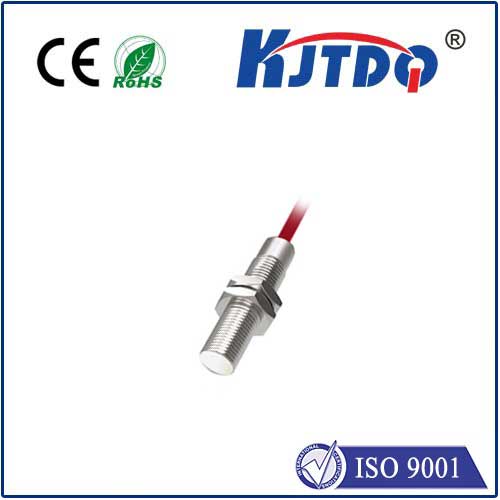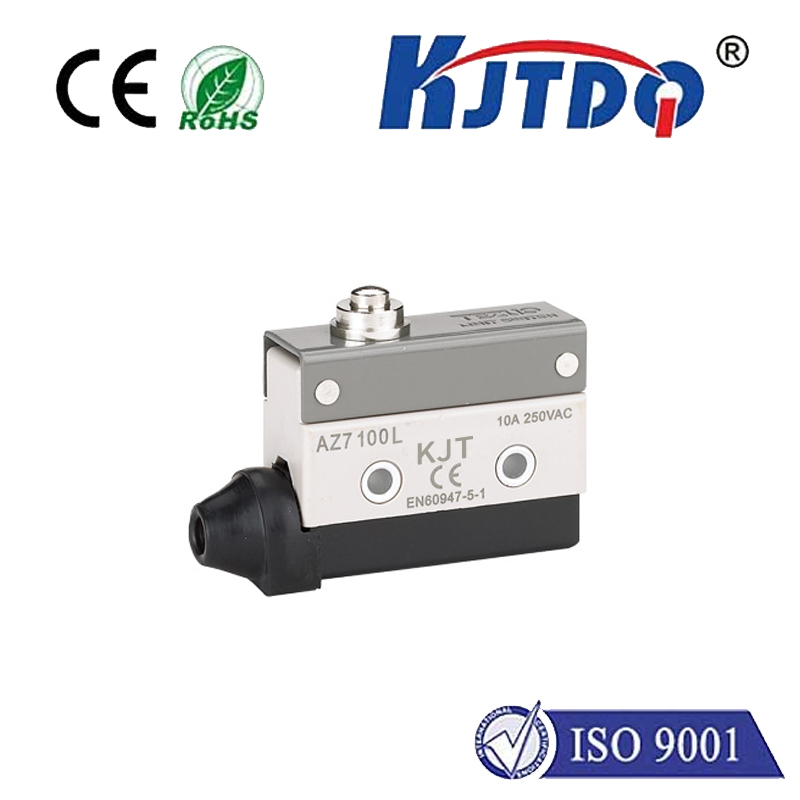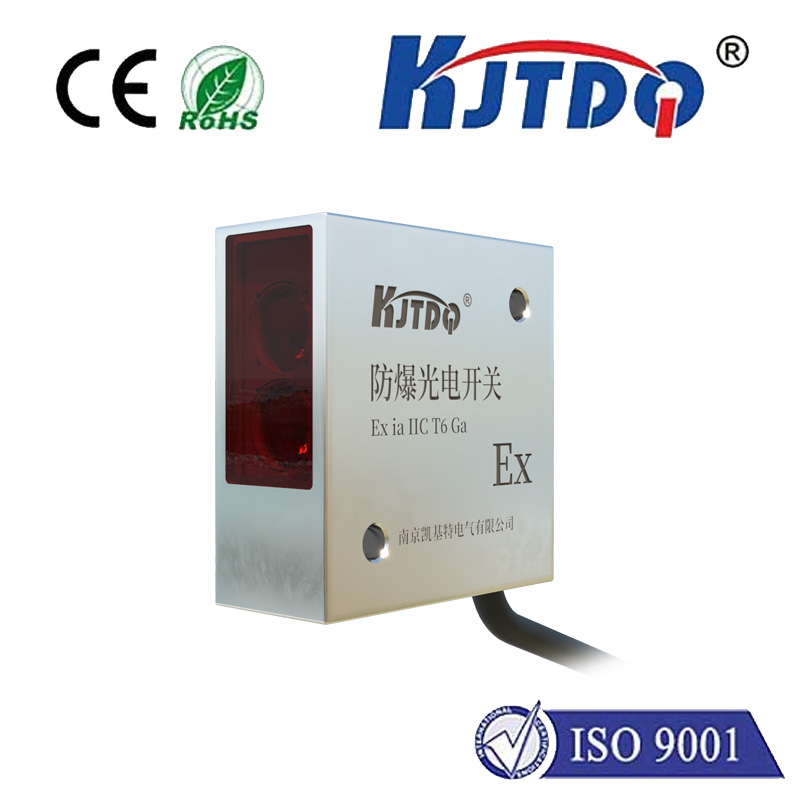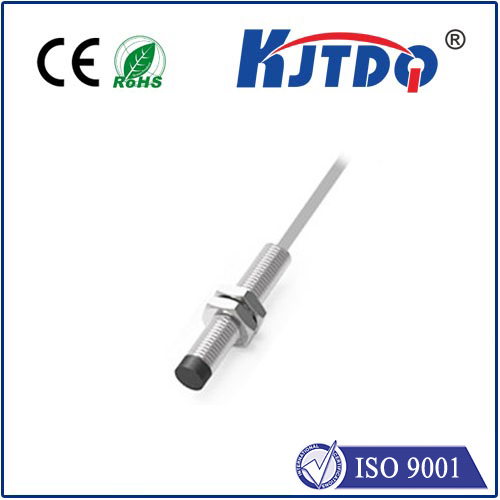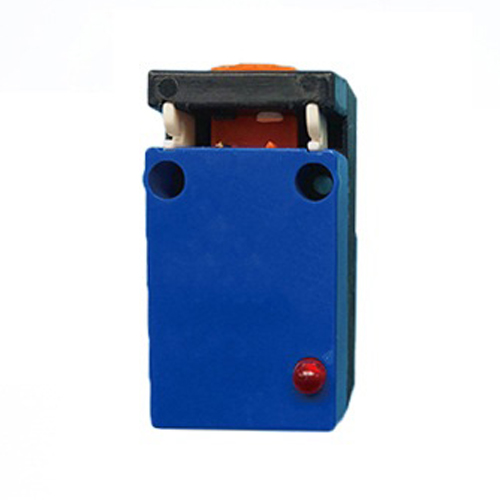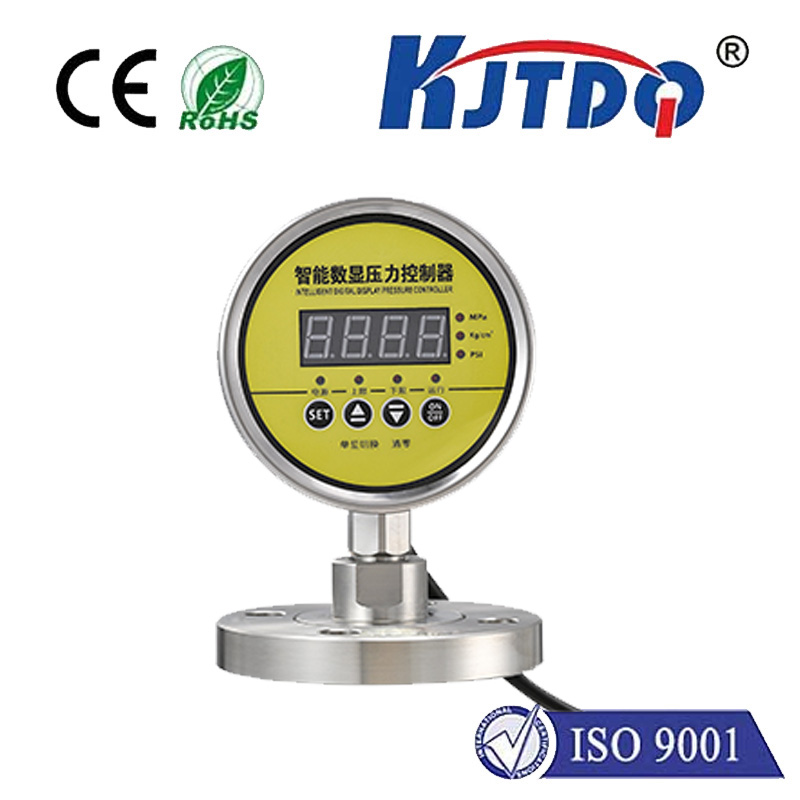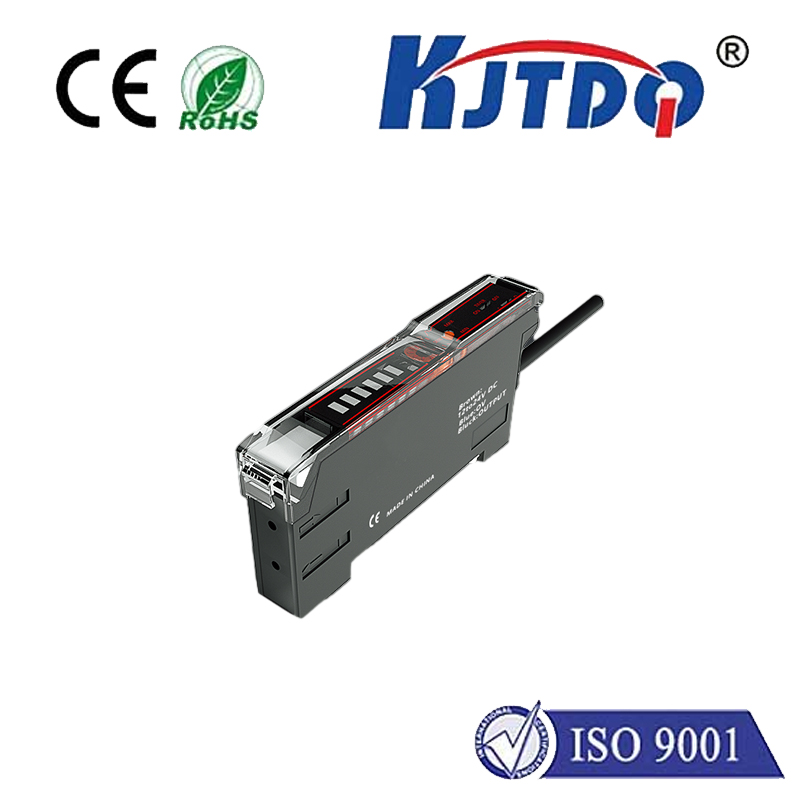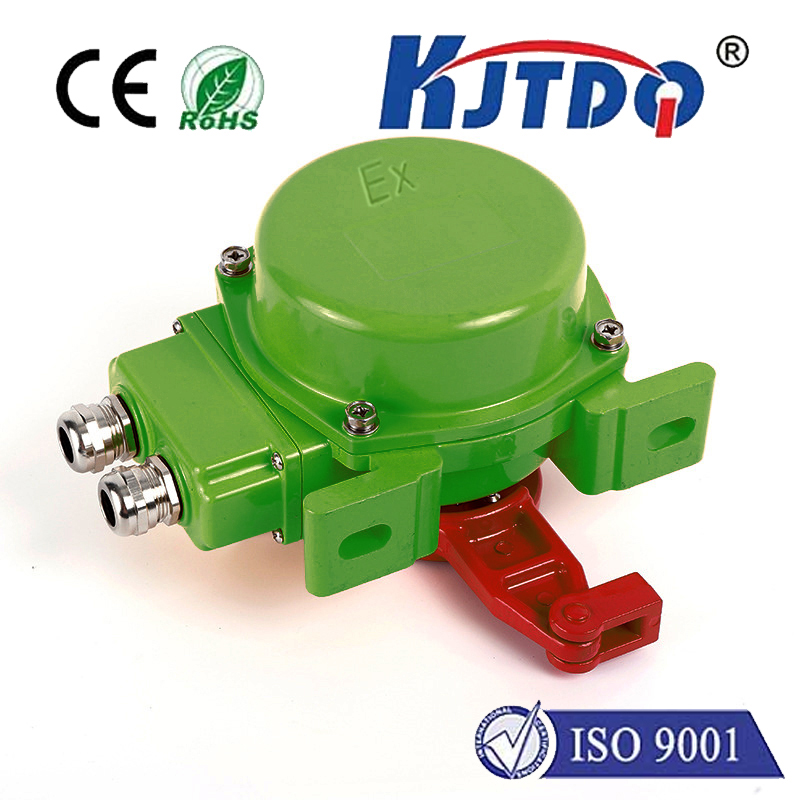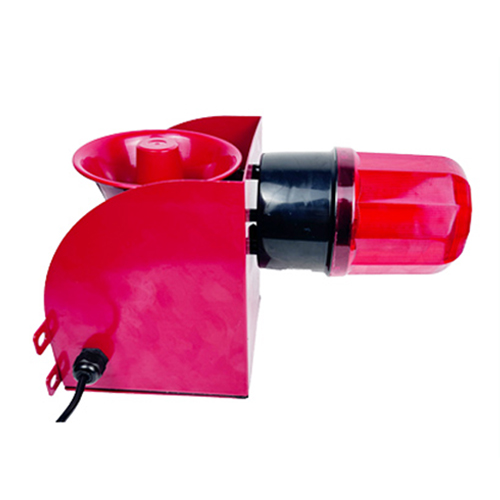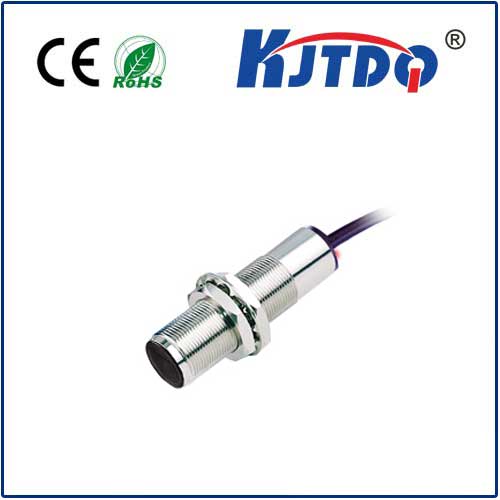simbol sensor proximity
- time:2025-07-17 08:45:44
- Click:0
Simbol Sensor Proximity: Decoding the Invisible Guardians of Modern Technology
Ever wondered how your smartphone screen instantly dims when held to your ear, or how an automatic door slides open magically as you approach, or even how factory robots avoid costly collisions? The silent orchestrator behind these everyday marvels, and countless unseen industrial processes, is often the proximity sensor. Understanding this ubiquitous yet often overlooked technology reveals a fascinating world where objects communicate their presence without a single touch.
Proximity sensors, frequently indicated subtly on devices or schematics perhaps by a simbol sensor proximity (like a stylized ‘P’ or radiating waves icon), are electronic workhorses that detect the presence, absence, or distance of nearby objects without requiring physical contact. Their core principle relies on various fields (electromagnetic, electrostatic, acoustic, optical) being disturbed by a target object entering a specific detection zone. This non-contact detection is their defining superpower, enabling reliability, longevity, and operation in challenging environments.
The Core Principles: Sensing Without Touching
Different operational principles give rise to distinct types of proximity sensors, each tailored for specific applications:
- Inductive Proximity Sensors: These reign supreme in industrial settings. They generate an oscillating electromagnetic field. When a metallic object enters this field, it induces eddY currents within the metal, causing a detectable change in the sensor’s own oscillation. This makes them ideal for detecting metal parts in machinery (positioning, counting, presence verification), conveyor systems, and robotics. Their robustness makes them resistant to dirt, dust, and moisture.
- Capacitive Proximity Sensors: These detect both metallic and non-metallic objects (like plastic, wood, liquids, or even a hand) by sensing changes in capacitance. They generate an electrostatic field. When any material with a different dielectric constant than air enters this field, it alters the capacitance, triggering detection. This versatility makes them perfect for level detection in tanks (liquids, powders), touch-sensitive interfaces, material handling (detecting cardboard boxes, bottles), and even presence detection through thin barriers.
- Optical Proximity Sensors (Photoelectric): Utilizing light beams (visible, infrared, laser), these sensors detect interruptions or reflections. They come in variants:
- Through-beam: Separate emitter and receiver; detection occurs when the beam is broken by an object. Offers longest range and high precision but requires precise alignment.
- Retro-reflective: Emitter and receiver housed together, using a reflector. Object detection breaks the beam reflected back.
- Diffuse (Reflective): Emitter and receiver in one unit; detects light reflected directly off the target object. Convenient but more susceptible to target color and reflectivity variations.
Optical sensors are widely used in object counting (production lines), security systems (door/gate monitoring), printing registration, and even in consumer electronics for screen blanking.
- Ultrasonic Proximity Sensors: These emit high-frequency sound waves and measure the time taken for the echo to return. They excel at detecting objects of almost any material (solids, liquids, granules) and can also measure distance accurately. Their effectiveness is largely independent of color, transparency, or reflectivity. Applications include tank level monitoring, presence detection for large objects, robot navigation, and parking sensors in vehicles.
- Magnetic Proximity Sensors (Reed Switches): Simple and reliable, these detect the presence of a permanent magnet. When the magnet approaches, internal ferromagnetic reeds attract, closing an electrical circuit. Common uses include door/window security sensors, position sensing in cylinders, and low-cost presence detection.
Why Proximity Sensors are Ubiquitous: Key Advantages
The widespread adoption of proximity sensors stems from compelling benefits:
- Non-Contact Operation: Eliminates physical wear and tear, ensuring a long operational life and preventing damage to the sensor or target. This is crucial in high-speed automation or delicate processes.
- High Reliability & Speed: With no moving parts (in solid-state versions), they offer fast response times and consistent performance over millions of cycles, essential for industrial automation. They are largely immune to vibration.
- Robustness: Many types are designed to withstand harsh industrial environments – resistant to oil, coolant, dust, and vibration. Sealed housings (often IP67 or higher) protect internal electronics.
- Versatility: The range of sensing principles (inductive, capacitive, optical, ultrasonic, magnetic) allows selection of the optimal sensor for almost any material (metal, plastic, liquid, etc.) and environmental condition.
- Maintenance-Free Operation: Once installed, most proximity sensors require little to no ongoing maintenance, reducing downtime and operational costs.
Seeing the Unseen: Applications Everywhere
Look closely, and you’ll find proximity sensors silently enhancing functionality, safety, and efficiency across countless domains:
- Industrial Automation: The backbone of modern manufacturing. Used for object counting, machine part positioning, robotic guidance (collision avoidance), conveyor control, and verifying assembly steps. Inductive sensors on a bottling line ensure caps are present before filling.
- Consumer Electronics: Enable the smartphone screen to turn off during a call (saving battery), automatic faucets and soap dispensers in restrooms, touchless light switches, and power-saving features in laptops. That small dark window near your phone’s earpiece? Likely an optical proximity sensor.
- Automotive: Crucial for driver assistance systems: parking sensors (ultrasonic), blind spot monitoring (radar/LiDAR variants), automatic braking systems, and triggering automatic trunk openings. Ultrasonic proximity sensors create the familiar ‘beeping’ guidance when reversing.
- Building Automation & Security: Control automatic doors and gates, detect occupancy for lighting/HVAC control (motion detectors often use passive infrared or microwave/radar), and form part of security systems (door/window contacts using magnetic sensors).
- Appliance & Vending: Detect the presence of a cup or container under a beverage dispenser (capacitive), monitor door closure for safe operation (magnetic), sense liquid levels in washing machines.
- Medical & Laboratory: Used in equipment for precise positioning (e.g., imaging tables), fluid level detection, and ensuring safety interlocks are engaged.
The Reliability Imperative: Factors Influencing Performance
Choosing and using a proximity sensor effectively requires understanding key factors:
- Sensing Range: The maximum effective distance for reliable object detection. Specified individually for each sensor model.
- Target Material: Inductive sensors only detect metals. Capacitive sensors detect most materials but are sensitive to material type and density. Optical sensors can be affected by color and reflectivity. Ultrasonic sensors handle most materials well.
- Operating Environment: Temperature extremes, dust, moisture, chemicals, and electromagnetic interference can impact performance. Selecting a sensor with the appropriate IP rating and resistance to environmental factors is critical.
- Mounting & Surroundings: Metal mounting surfaces can affect





